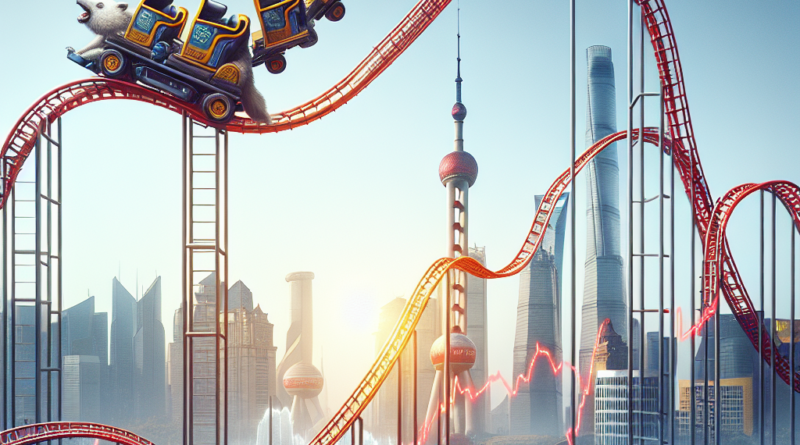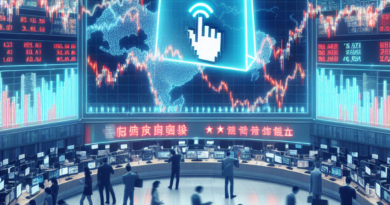China’s Stocks Fluctuate: Is Another Crash Looming?
The Volatile Landscape of the Chinese Stock Market
The Chinese stock market has always been marked by significant volatility, and recent months have proven to be no exception.
Following a promising rally at the beginning of October 2024, it seems the market has already retracted much of its initial momentum, leaving investors in a quandary.
Despite positive economic indicators, such as a GDP growth of 4.6% year-on-year in the third quarter, the future of the Chinese economy is shrouded in uncertainty.
Current Economic Performance
In the third quarter of 2024, China’s economy expanded by 4.6% year-on-year, slightly surpassing market estimates of 4.5%, but still falling short of the previous quarter’s 4.7%.
This figure does not meet the government’s official target of approximately 5% growth for 2024.
On a more positive note, unemployment dropped to 5.1% in September, down from 5.3% in August, marking the lowest reading in three months.
While these metrics show some promise, they raise concerns about the stability of China’s economic recovery.
The 5% growth target is viewed as a key performance indicator, reflecting the government’s ability to stimulate the economy effectively.
PBOC Measures and Market Reactions
To bolster market confidence, the People’s Bank of China (PBOC) has launched an unprecedented stimulus plan.
This includes reducing the short-term lending rate by 20 basis points and decreasing the reserve requirement ratio (RRR) by 50 basis points.
These measures aim to enhance liquidity and invigorate demand, particularly in the crucial real estate sector.
The market’s response to these initiatives was immediate, with the Hang Seng Index briefly returning to trade near its previous technical resistance of 23,000 points.
However, it quickly fell again to 20,000 points, exemplifying the extreme volatility of the Chinese market.
This isn’t the first instance of such behavior; in April 2024, the market showed a hopeful reaction to state fund interventions aimed at reducing volatility, only for the initial enthusiasm to swiftly turn into further declines.
Instability in the Recovery
What accounts for the instable recovery? Despite the PBOC’s actions, investor skepticism remains prevalent.
A key factor is the uncertainty surrounding domestic consumption.
Although the central bank has outlined specific plans to stimulate internal demand and enhance household wealth, the recovery in consumer spending has not yet solidified.
Historically, boosting domestic consumption has proven effective, but consumer and business confidence has yet to return to pre-pandemic levels.
China’s 5% Growth Target: Market Expectations
The pressing question now is whether China can achieve its 5% growth target for 2024.
Many analysts express skepticism, which could spell trouble for the stock exchanges.
Emerging economies like China typically experience high price-to-earnings (P/E) ratios because they are priced for stronger growth prospects compared to developed economies.
Ironically, despite being the world’s second-largest economy, China continues to be treated as an emerging market, and failing to meet the growth target could lead to further downward pressure.
In this context, it’s crucial to note that the Chinese stock market doesn’t operate in a strictly “natural” manner.
It is heavily influenced by political decisions and state interventions, reacting dramatically to relevant news.
This creates a highly volatile and unstable market environment, potentially discouraging investors who prefer the more predictable growth trajectories seen in markets like the U.S.
S&P 500.


